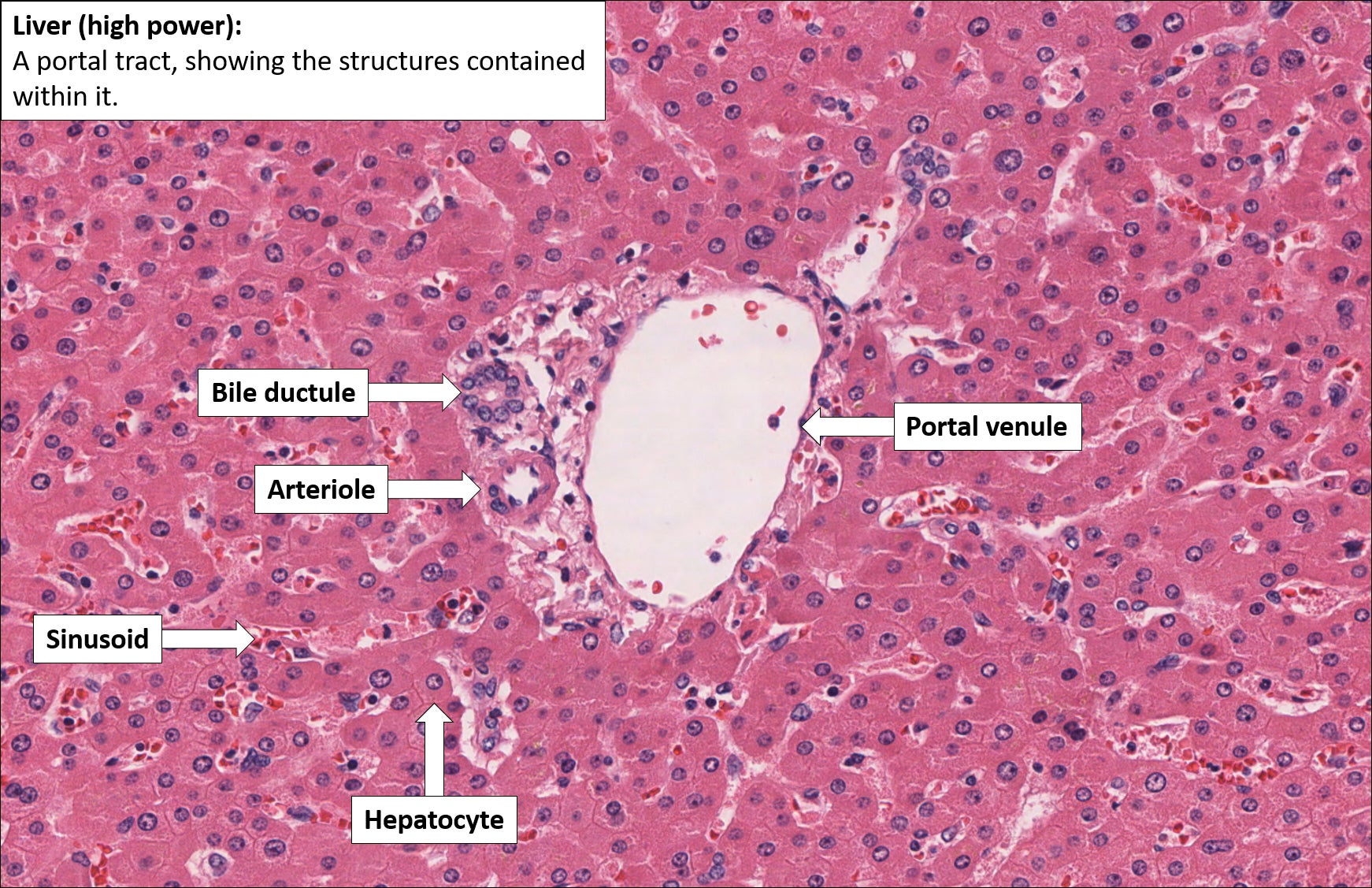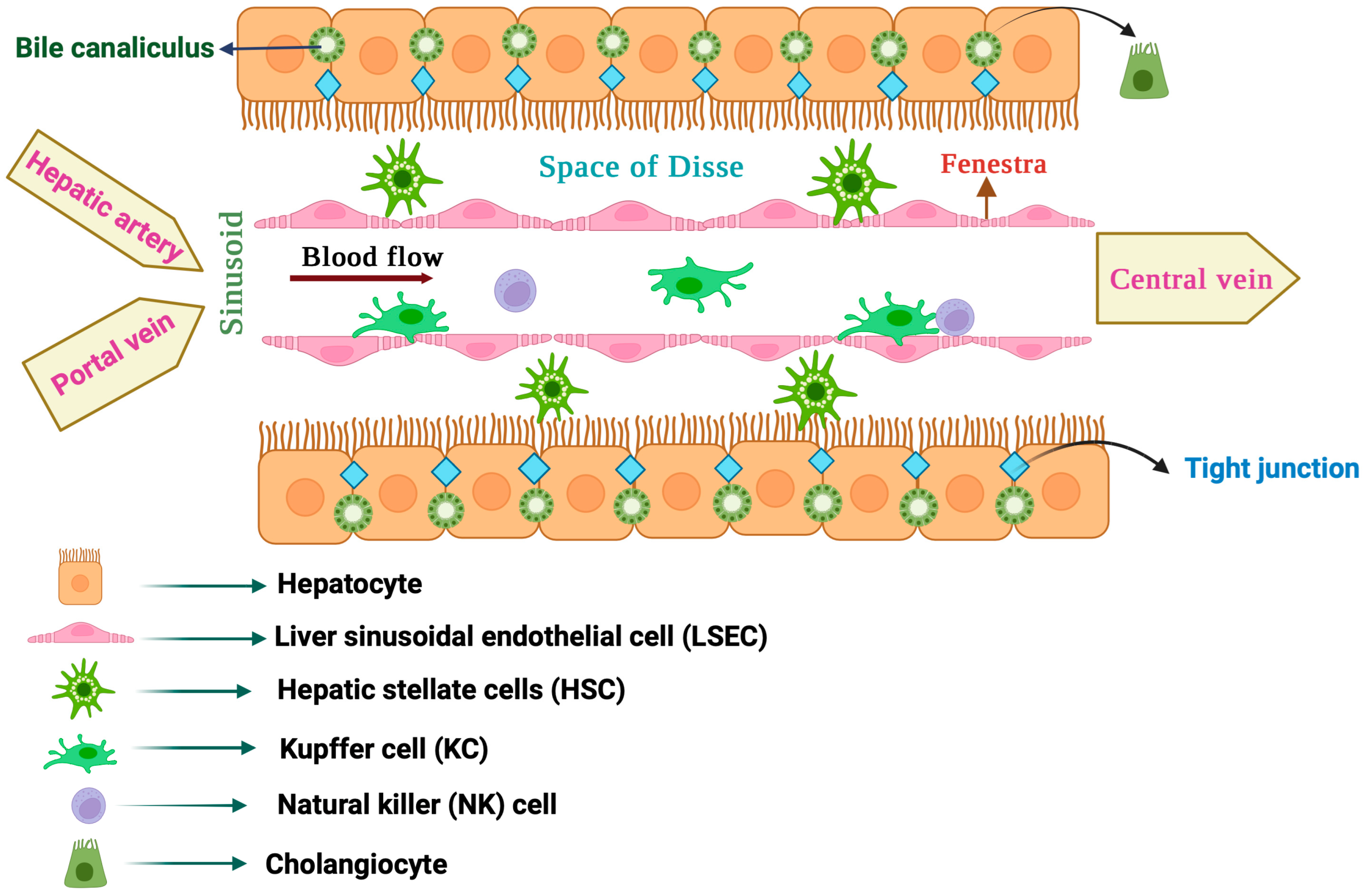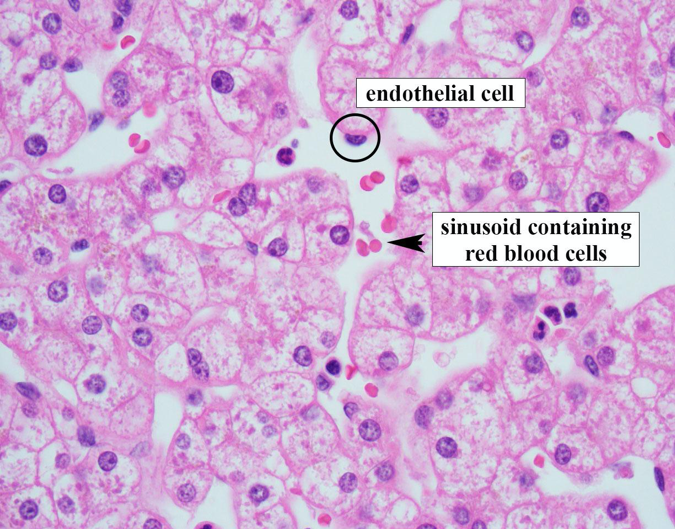Both Liver Cells And Lens Cells
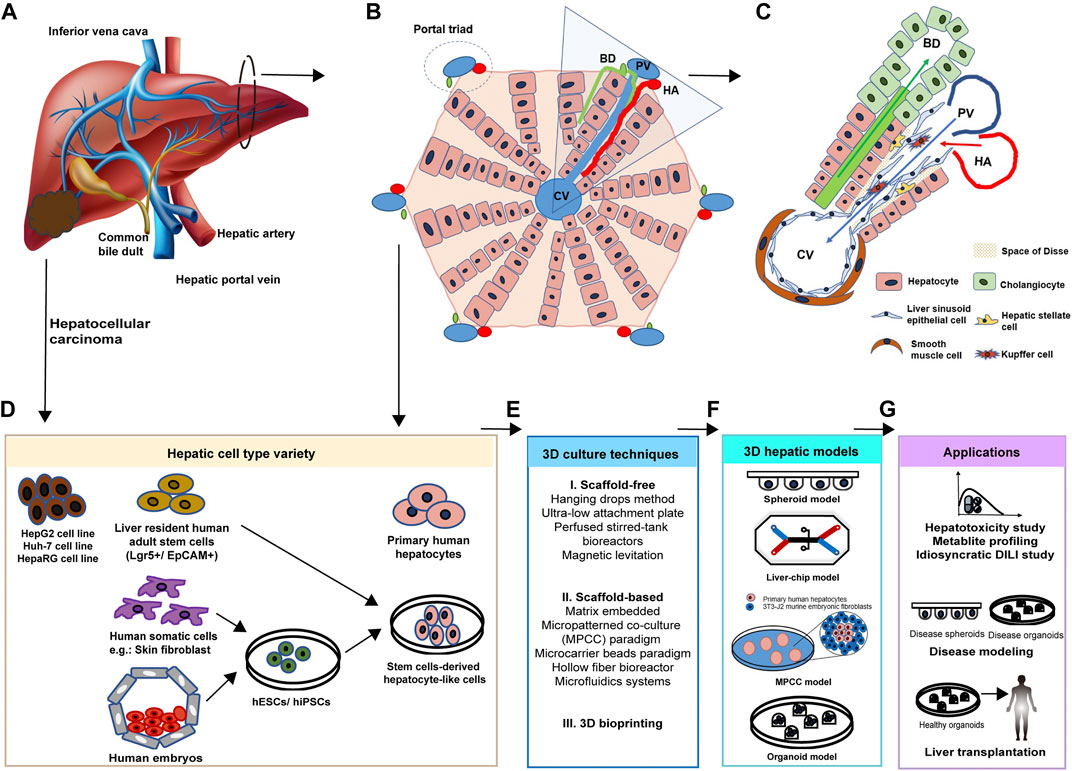
Imagine a world where damaged livers regenerate with ease and failing eyesight is restored with simple therapies. It sounds like science fiction, doesn't it? But the frontiers of modern biology are blurring the lines between what we dream of and what we can achieve.
This article explores the groundbreaking research into liver and lens cells, two seemingly disparate areas of the human body, and how understanding their unique properties could unlock transformative treatments for liver disease and vision impairment.
The Remarkable Liver: A Story of Regeneration
The liver, a vital organ responsible for detoxification, metabolism, and protein synthesis, possesses an extraordinary capacity for regeneration. Unlike many other organs, it can regrow after significant damage. This remarkable ability has fascinated scientists for centuries.
Historically, ancient myths, like the story of Prometheus whose liver was eternally regenerated after being devoured by an eagle, hint at an intuitive understanding of this organ's resilient nature. But only recently have we begun to unravel the biological mechanisms behind this phenomenon.
How Liver Regeneration Works
When the liver is injured, a complex cascade of cellular events is triggered. Remaining healthy hepatocytes, the main functional cells of the liver, enter a rapid proliferation phase. This process, mediated by growth factors like HGF (Hepatocyte Growth Factor) and cytokines, effectively replaces the damaged tissue.
Beyond hepatocyte proliferation, other cell types, including stellate cells and Kupffer cells, play crucial roles in orchestrating the regenerative response. Stellate cells, normally quiescent, become activated and contribute to the formation of new connective tissue, while Kupffer cells, resident macrophages in the liver, help clear debris and modulate the inflammatory environment.
However, chronic liver damage, such as that caused by alcohol abuse or viral hepatitis, can overwhelm the liver's regenerative capacity. This can lead to fibrosis, the excessive accumulation of scar tissue, ultimately resulting in cirrhosis and liver failure.
Harnessing Regeneration for Therapeutic Benefit
Researchers are actively exploring ways to enhance the liver's natural regenerative ability to treat liver diseases. One promising approach involves cell transplantation, where healthy hepatocytes are transplanted into a diseased liver to boost its function and promote regeneration.
"Cell transplantation holds immense potential for treating liver failure," says Dr. Emily Carter, a leading researcher in liver regeneration at the National Institutes of Health. "But challenges remain in ensuring the long-term survival and integration of transplanted cells."
Another area of intense investigation is gene therapy, aimed at delivering genes that stimulate liver regeneration or inhibit fibrosis. Additionally, drug development is focused on identifying compounds that can promote hepatocyte proliferation and protect the liver from further damage.
The Crystalline Lens: A Window to the World
The lens, a transparent structure located behind the iris, plays a crucial role in focusing light onto the retina, enabling clear vision. Unlike the liver, the lens has very limited regenerative capacity. Damage to the lens, particularly the development of cataracts, is a major cause of visual impairment worldwide.
Cataracts, the clouding of the lens, often occur with aging but can also be caused by genetic factors, trauma, or exposure to ultraviolet radiation. While cataract surgery is highly effective, it is not universally accessible, especially in developing countries.
The Unique Biology of Lens Cells
The lens is composed of specialized epithelial cells that differentiate into highly elongated, fiber cells. These fiber cells lose their nuclei and organelles, becoming filled with crystallins, proteins that provide the lens with its transparency and refractive properties.
The lens grows throughout life, with new fiber cells added to the outer layer, compressing the older cells towards the center. This continuous growth, coupled with the loss of organelles in the fiber cells, makes the lens particularly susceptible to age-related changes and oxidative damage.
A crucial area of research focuses on understanding the mechanisms that regulate lens cell differentiation and maintain lens transparency. Identifying the factors that contribute to cataract formation is essential for developing effective preventative and therapeutic strategies.
Exploring Regenerative Approaches for Lens Repair
Given the limited regenerative capacity of the lens, researchers are exploring innovative approaches to restore lens clarity and function. One promising avenue is pharmacological intervention, aimed at preventing or reversing cataract formation by targeting specific molecular pathways.
For example, studies have shown that certain compounds can inhibit the aggregation of crystallins, the process that leads to lens clouding. Other strategies involve protecting lens cells from oxidative damage and promoting the removal of damaged proteins.
Another exciting area of research is lens regeneration using stem cells. Scientists are investigating the possibility of using stem cells to generate new lens cells that can replace damaged or diseased tissue. While still in its early stages, this approach holds immense potential for treating cataracts and other lens disorders.
“The prospect of regenerating the lens is a major goal in vision research," explains Professor David Miller, an expert in lens biology at Harvard Medical School. "It could revolutionize the treatment of cataracts and other age-related eye diseases."
Connecting the Dots: Shared Principles of Cellular Health
While the liver and lens have distinct functions and regenerative capacities, studying them together can reveal fundamental principles of cellular health and tissue maintenance. Understanding the factors that promote regeneration in the liver could provide insights into how to stimulate regeneration in other tissues, including the lens.
Similarly, investigating the mechanisms that maintain lens transparency could shed light on how to prevent cellular damage and maintain tissue function in other organs. The intersection of these fields is fostering a new era of regenerative medicine.
The pursuit of regenerative therapies for the liver and lens is a testament to human ingenuity and our unwavering commitment to improving health and quality of life. While challenges remain, the progress made in recent years is truly remarkable.
As research continues to unravel the mysteries of cellular regeneration and tissue repair, we can look forward to a future where liver disease and vision impairment are no longer debilitating conditions, but rather treatable and even preventable ailments. The journey ahead is filled with promise and hope.
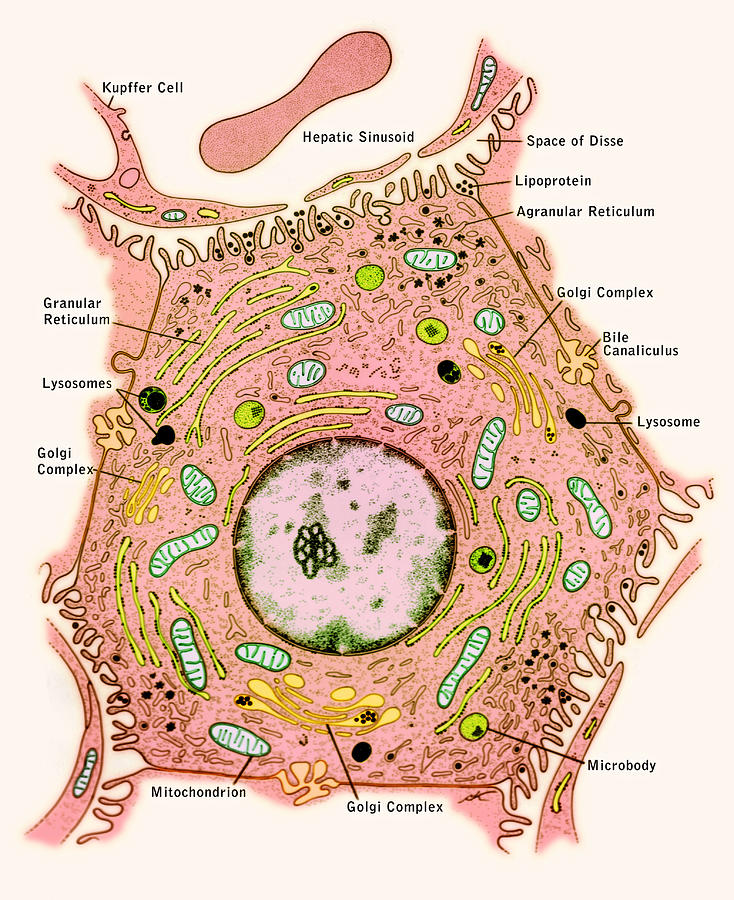

:.jpg)



